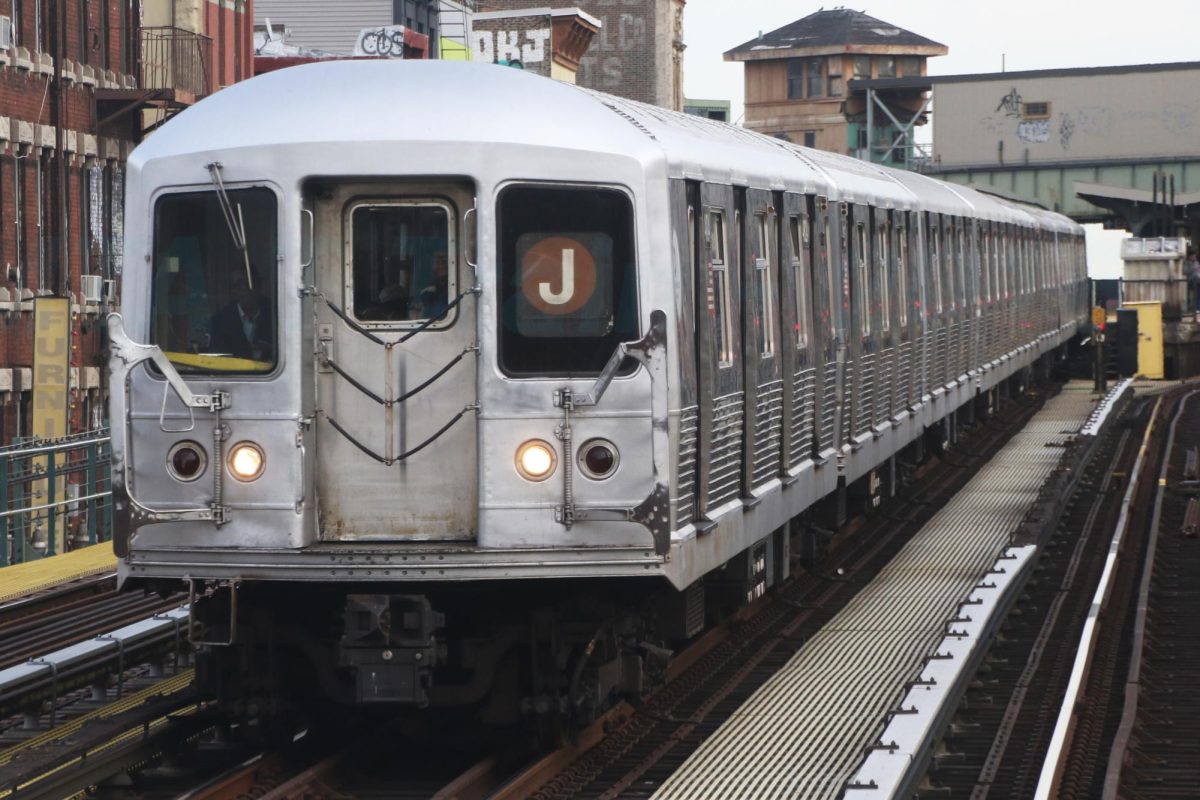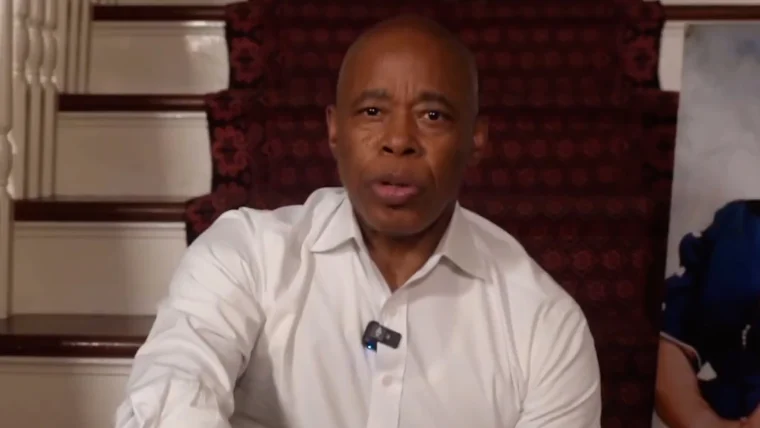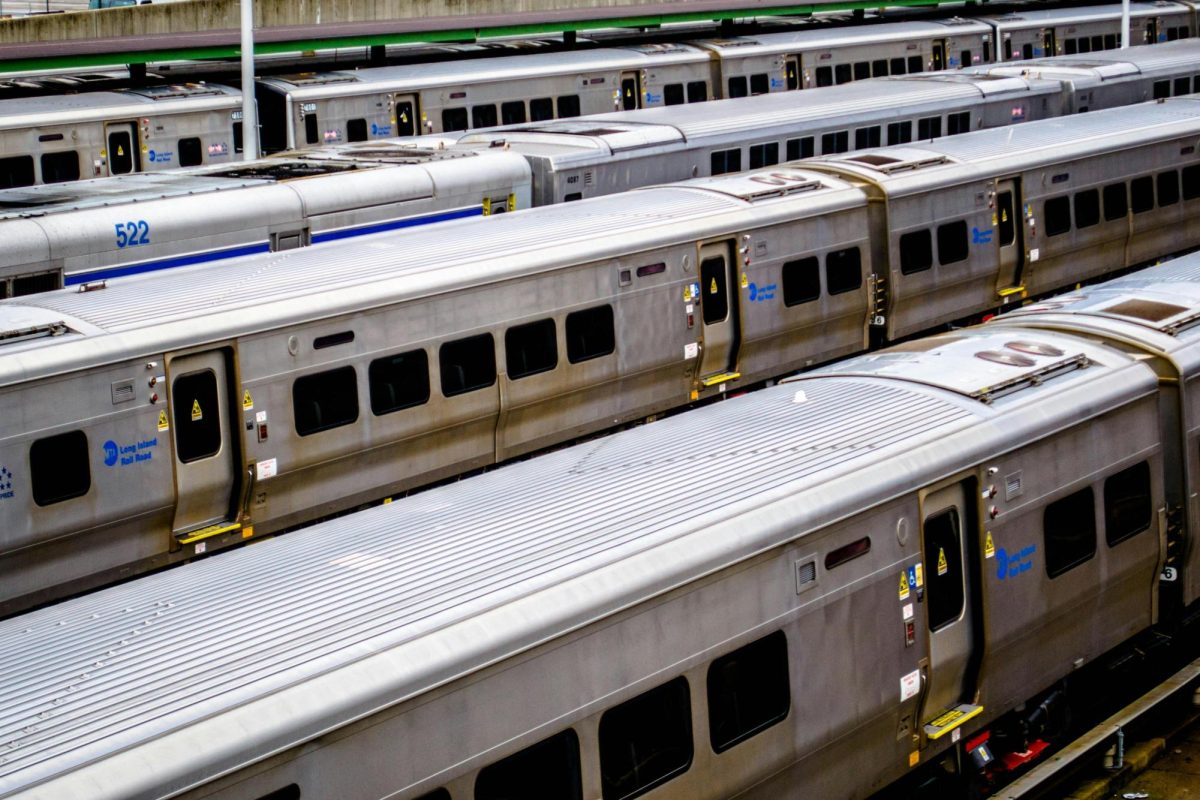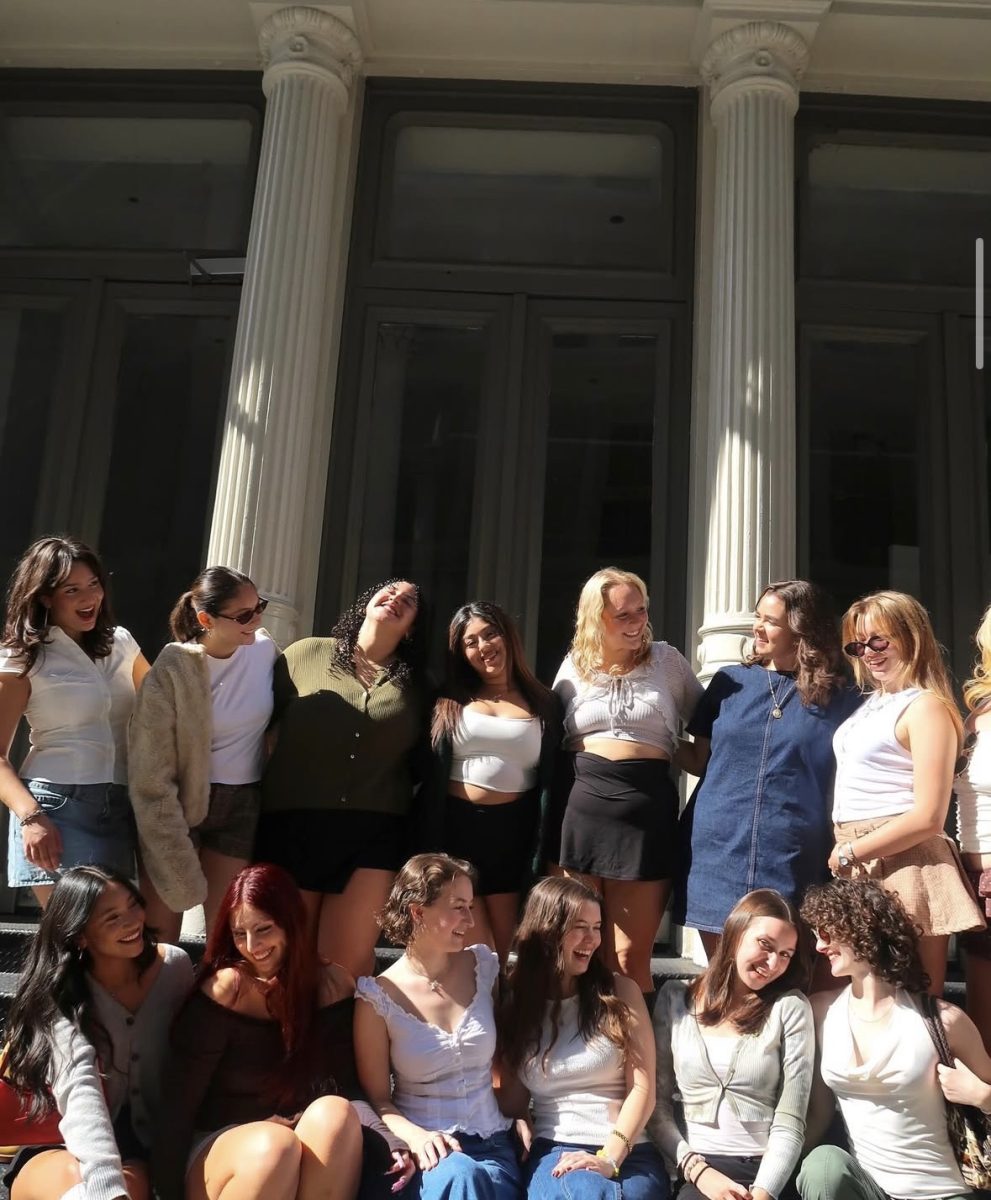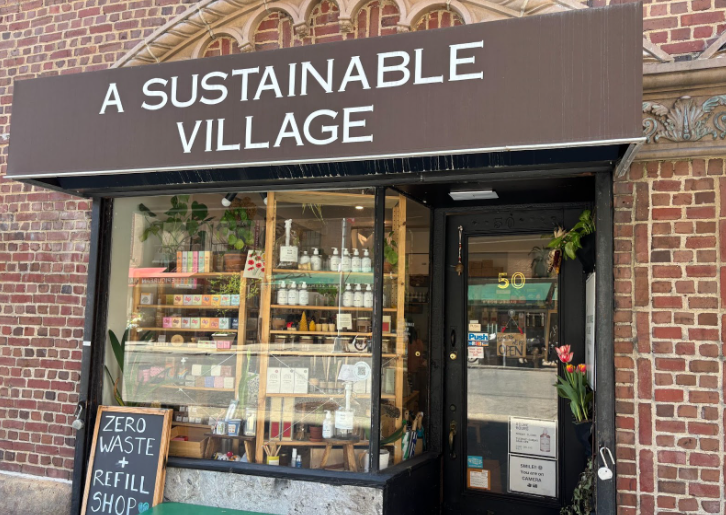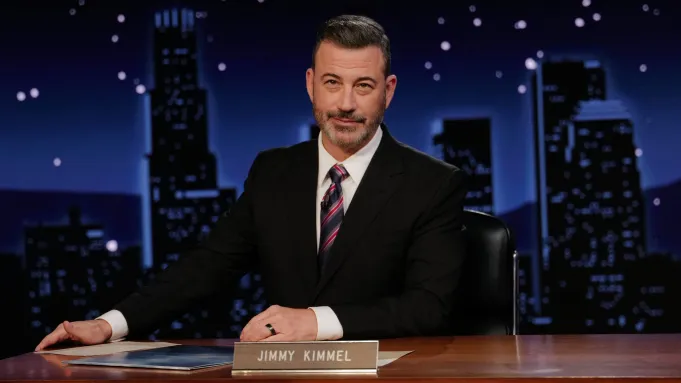With only a few months left before the L train was scheduled to shut down for 15 months, Governor Cuomo made a surprising announcement: It won’t.
During a three hour press conference held in his midtown office, he announced that the shutdown, scheduled for April 27, to repair damage in the L train tunnel caused by flooding from Hurricane Sandy would be replaced with a plan that would avoid a complete shutdown.
The partial shutdown will begin on the same date as the original plan, with track work taking place on the tunnel overnight and on weekends instead. One tube will close at 10 p.m., while the other will stay open during the repairs so trains can still travel in both directions. The Metropolitan Transit Authority expects the project to take 15-20 months to complete.
The announcement came after Cuomo ventured into the tunnel with engineers from Columbia and Cornell universities to see if it needed to be closed down completely.
“I have confidence in saying to the people of New York that this is the shortest, best route to repairing the tunnel”, said Cuomo, who was joined by acting MTA chairman Fernando Ferrer at the briefing. He continued, “With this design, it would not be necessary to close the L train tunnel at all, which would be a phenomenal benefit to the people of New York City.”
The shutdown was announced in 2016, and would have halted service between Bedford Ave. in Williamsburg and Eighth Ave. in Manhattan, limiting train service to within Brooklyn only. It was intended to repair the extensive damage to the tunnel caused when it flooded with 7 million gallons of salt water during Hurricane Sandy. The flooding destroyed tracks, signals, and cables, among other things, and was contracted to cost about $477 million. The new plan is expected to cost around the same.
In preparation for the closure, transportation officials spent years drawing up travel alternatives for the affected commuters. The MTA planned a network of bike lanes, additional bus lines, and pedestrian advancements that would help riders travel over the Williamsburg Bridge. The Department of Transportation started work on bus-only lanes in Manhattan, as well as began outlining plans for a busway on 14th street that would ban all but public transit and emergency vehicles.
However, since the announcement, MTA claimed they will no longer go forward with creating the busway, along with scrapping plans to make G trains longer.
Additional service on the G, M, and 7 train lines will still be provided, but the fate of a proposed ferry route mentioned at the beginning of the project is not clear yet, despite urges from city council members to utilize the prospective plans for the shutdown as an opportunity to improve public transportation around the city.
For the 225,000 daily commuters who use the L train between Eighth Ave and Bedford Ave, the shutdown’s cancellation may seem like a relief, but for those who moved out of their homes in neighborhoods off the L line, or scrambled to find new locations for their businesses in time for the shutdown, the news was received with resentment and anger.
Not to mention, those who rely on the L for late nights and weekend service have been met with numerous closures across the line that are scheduled to last until March 18, only adding to the already complicated service restructuring.
Despite the fact that the L train line does not directly serve the University, many students commute to campus from Brooklyn, or rely on L train service to get to the 33rd street line Path stations now that the WTC Path station is closed on weekends until 2020.
“The issue transcends the ‘Brooklyn Hipster’. The L train goes further east into Brooklyn, ending in Canarsie, where the lack of accessibility to public transportation really limits the community,” said University sophomore Sarah Perniciaro. She continued, “it’s clear that several stations, as well as the subway system as a whole, need improvement. However, to have even considered the shutdown the ‘best measure’ is ignoring how vital the direct access to Manhattan is for individuals who live further away from transit lines. Now, with unannounced overnight and weekend closures, it makes it even more difficult to travel.”
Although the shutdown, coined the “L-pocalypse”, has been avoided, many are left wishing for improved communication within the city. With advanced notice, the confusion and chaos the closure caused could have been prevented.
That being said, the future of the project looks optimistic, but unforeseen complications could always arise. Don’t forget to check your travel or subway smartphone apps for more information on closures and updated schedules.

Credit: Elizabeth Burger

